Skip to content
On New Year’s Eve 1895, the Misses Caroline, Fannie and Josephine Kenison gave a cotillion for their young friends in this beautiful home at 1120 Tremont in Galveston. It was the home of their parents Alphonse and Ellen, originally from Louisiana.
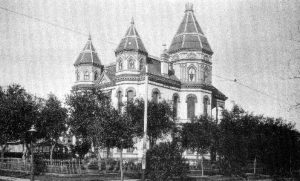
The lower floor of the residence was prepared for the occasion by stretching canvas over the spacious double parlor floors, and then taking up the carpet in the library and waxing the floors to create a dance floor.
One can only imagine the other preparations that took place!
At exactly 11:59 the young celebrants gathered underneath the chandelier and gave six cheers for the parting year. When the minute had passed, six cheers welcomed the new year.
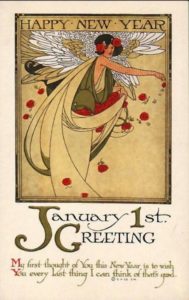
The house was filled even on non-social days, with a large family. Alphonse, the father; Ellen, the mother; daughter s Josephine, Frances, Caroline and Lucie; son Alphonse Jr.; Lucy Sydnor, a boarder; Josephine Settle, Mrs. Kenison’s mother; and servant Belle Washington and her young daughter Hazel.
s Josephine, Frances, Caroline and Lucie; son Alphonse Jr.; Lucy Sydnor, a boarder; Josephine Settle, Mrs. Kenison’s mother; and servant Belle Washington and her young daughter Hazel.
Alphonse was one of the first general insurance agents int he state of Texas. He and his wife lost two sons, Maximiliem and Wartelle, in infancy, but the rest of their children thrived.
Josephine “Josie” (1878-1957) eventually became Mrs. Clinton G. Wells, and remained 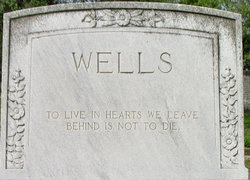 on the island for the rest of her life, passing away in 1957. She had one son, named Clinton III, born in 1906. She is buried in Trinity Episcopal Cemetery. One wonders if she regaled her son with stories about her home when she was a young girl.
on the island for the rest of her life, passing away in 1957. She had one son, named Clinton III, born in 1906. She is buried in Trinity Episcopal Cemetery. One wonders if she regaled her son with stories about her home when she was a young girl.
From the 1910 census on, Josephine and her son lived with her parents. Her status on the records is listed as being a widow, her husband having passed away in 1908.
Francis (1879-1968), known as “Fanny” to her family, married William Penn White, moving first to New York and then to New Jersey. They had three daughters.
Caroline, called “Caro” by her family was born in 1879. She can be found listed in the society pages through the 1910s attending parties and volunteering in the community.
Alphonse Jr. (1881-1934) married multiple times, and had two children.
Lucie (1886-1973) married Herman Bornefeld in 1914, with whom she had a son and daughter.
Graves of members of the family can be found in Old City, Old Catholic and Trinity Episcopal Cemeteries in Galveston.
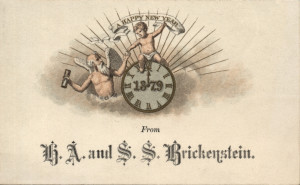
In genteel Victorian-era society, making visits or “calls” was the fashionable thing to do on New Year’s Day.
Gentlemen would don their finest attire and make the rounds, visiting all of the ladies of their acquaintance.
Ladies were discouraged from sending invitations for them to do so, as that would seem “desperate.” Instead, the local papers would often print lists of homes that intended to receive callers that day.
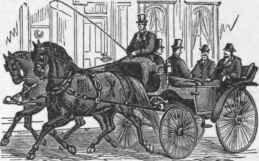
Upon arriving at a home (preferably in a carriage), the gentleman would be invited to remove his hat and overcoat. His gloves were often left on his hands, as the visits, to be considered polite, must be kept fairly brief. – not exceeding then or fifteen minutes.
The gentleman would then send his calling card with a servant to the host, announcing his arrival, and would be ushered into the reception room.
 Baskets or receiving trays would hold the cards of each day’s callers. This beautiful example is in the Bishop’s Palace in Galveston.
Baskets or receiving trays would hold the cards of each day’s callers. This beautiful example is in the Bishop’s Palace in Galveston.
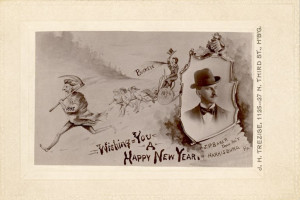
Ladies could receive guests at their own home, or come together in small groups to receive callers together. Young ladies visiting for the holidays partook in the visits of their hostesses’ homes.
They would have spent the previous day making the parlor as inviting as possible with a warm fire, and small table with refreshments such as fruit, cakes, tea and coffee. Alcohol was never served.
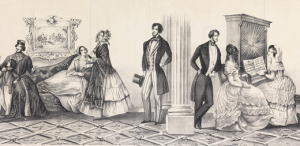 Common visiting hours were from 10 a.m. until 9 p.m. which, although it was enjoyed, must have been quite exhausting. Because of the constant “change of faces” due to the coming-and going of guests, they were to receive each as politely and pleasantly as the first. Thankfully, callers knew to avoid lunch and dinner hours.
Common visiting hours were from 10 a.m. until 9 p.m. which, although it was enjoyed, must have been quite exhausting. Because of the constant “change of faces” due to the coming-and going of guests, they were to receive each as politely and pleasantly as the first. Thankfully, callers knew to avoid lunch and dinner hours.
Calling cards were kept by the hostesses, and often reviewed later. In addition to reminding the hostess of the caller’s name, much could be discerned from the quality and style of the card.
The two or three days succeeding New Year’s were the ladies’ days for calling, “upon which occasion they pass the compliments of the season, comment of the festivities of the holiday, and the number of calls made.”
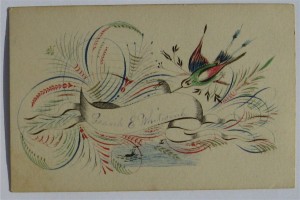 Although the ladies’ visits were considered to be less formal, they would also include refreshments, finery, and by today’s standards seem quite formal.
Although the ladies’ visits were considered to be less formal, they would also include refreshments, finery, and by today’s standards seem quite formal.
Whatever you are doing this New Year’s Day, I hope 2016 brings you laughter, adventure and fun glimpses into our fascinating history!
 s Josephine, Frances, Caroline and Lucie; son Alphonse Jr.; Lucy Sydnor, a boarder; Josephine Settle, Mrs. Kenison’s mother; and servant Belle Washington and her young daughter Hazel.
s Josephine, Frances, Caroline and Lucie; son Alphonse Jr.; Lucy Sydnor, a boarder; Josephine Settle, Mrs. Kenison’s mother; and servant Belle Washington and her young daughter Hazel. on the island for the rest of her life, passing away in 1957. She had one son, named Clinton III, born in 1906. She is buried in Trinity Episcopal Cemetery. One wonders if she regaled her son with stories about her home when she was a young girl.
on the island for the rest of her life, passing away in 1957. She had one son, named Clinton III, born in 1906. She is buried in Trinity Episcopal Cemetery. One wonders if she regaled her son with stories about her home when she was a young girl.






 Common visiting hours were from 10 a.m. until 9 p.m. which, although it was enjoyed, must have been quite exhausting. Because of the constant “change of faces” due to the coming-and going of guests, they were to receive each as politely and pleasantly as the first. Thankfully, callers knew to avoid lunch and dinner hours.
Common visiting hours were from 10 a.m. until 9 p.m. which, although it was enjoyed, must have been quite exhausting. Because of the constant “change of faces” due to the coming-and going of guests, they were to receive each as politely and pleasantly as the first. Thankfully, callers knew to avoid lunch and dinner hours. Although the ladies’ visits were considered to be less formal, they would also include refreshments, finery, and by today’s standards seem quite formal.
Although the ladies’ visits were considered to be less formal, they would also include refreshments, finery, and by today’s standards seem quite formal.